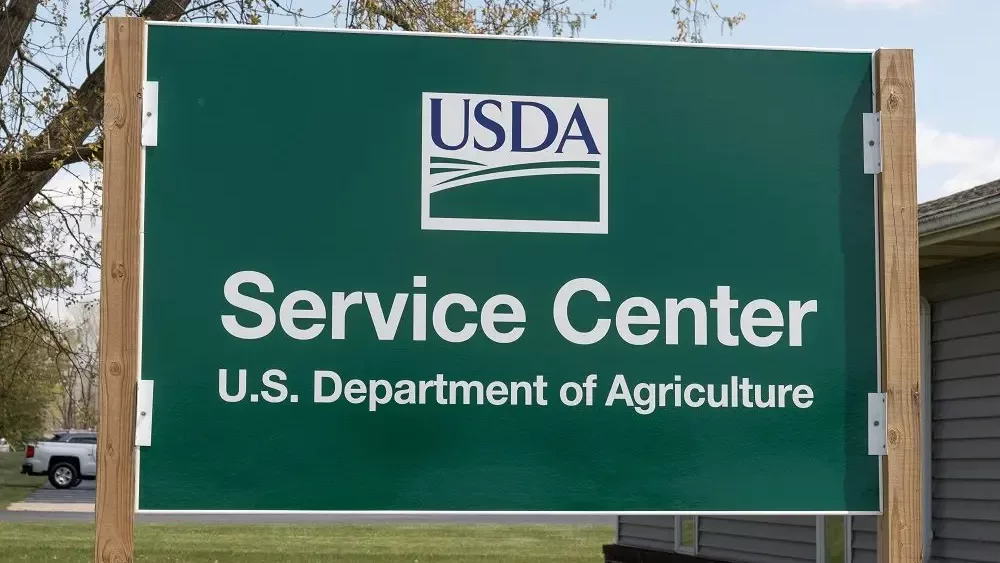
Warm temperatures earlier this month pushed Michigan’s fruit development roughly two weeks ahead of normal, but cooler temps last week and this week have decelerated development.
“Generally, right now, everything looks good,” said Mark Longstroth, small fruit educator with MSU Extension. “The abnormally warm weather is past, and now we’re having a slug of abnormally cool weather. That’s slowed the plants down which makes everybody happy.”
He said in Berrien County, most of the fruit crops are blooming. Some pears and apples in Kalamazoo and Van Buren counties are starting to open.
Lows in SW #Michigan to drop into mid to upper 20s Tuesday to Thursday morning. Glad to see most #strawberry flowers are still in the ground and can handle that easily. Once the flowers emerge mid 20s are damaging pic.twitter.com/Nslvuaag5T
— Mark Longstroth (@MIbluedoc) April 19, 2021
“The later the bloom date comes, the less likely it is to get freeze injury,” said Longstroth. “At this point in time when the crops are actually blooming, if we get below 30 degrees, we get worried, but we don’t generally see an awful lot of damage until we get below 28 or 29 degrees. If we go to 25, then we can expect widespread damage.”
Where Michigan’s fruit is grown also has an impact on frost damage.
“Most of the fruit crops are grown on the tip or side of hills,” he said. “When we have a freeze when we’ve got clear, calm nights, the cooler air goes down and puddles in the low spot. The really good fruit spots are where people grow things like peaches, sweet cherries, and wine grapes—they’re the least likely to freeze.”
Happy to see these Concord #grape buds are still closed. They should be fine with the snow forecast for #Michigan tomorrow pic.twitter.com/VJOWnLqGvT
— Mark Longstroth (@MIbluedoc) April 19, 2021
On Good Friday, some areas saw lows in the teens. Longstroth said that did damage to some apple trees around Grand Rapids and sweet cherries. He says despite that freeze, blueberries and grapes are starting to move.
“Right now it looks like a pretty good crop coming, but we probably have another couple of weeks where we have to worry about spring freezes,” said Longstroth. “As our season warms up earlier and the plants start growing earlier, it seems like the date of the last freeze that spring is also moving earlier and earlier in the year. It’s not like we have to worry until mid-May anymore—we only have to worry until the end of April, beginning of May.”
Longstroth added that if these cooler temperatures push the crop back further in development, it will be made up later in the season.
USDA’S Crop Progress Report for April 19 is available here.





